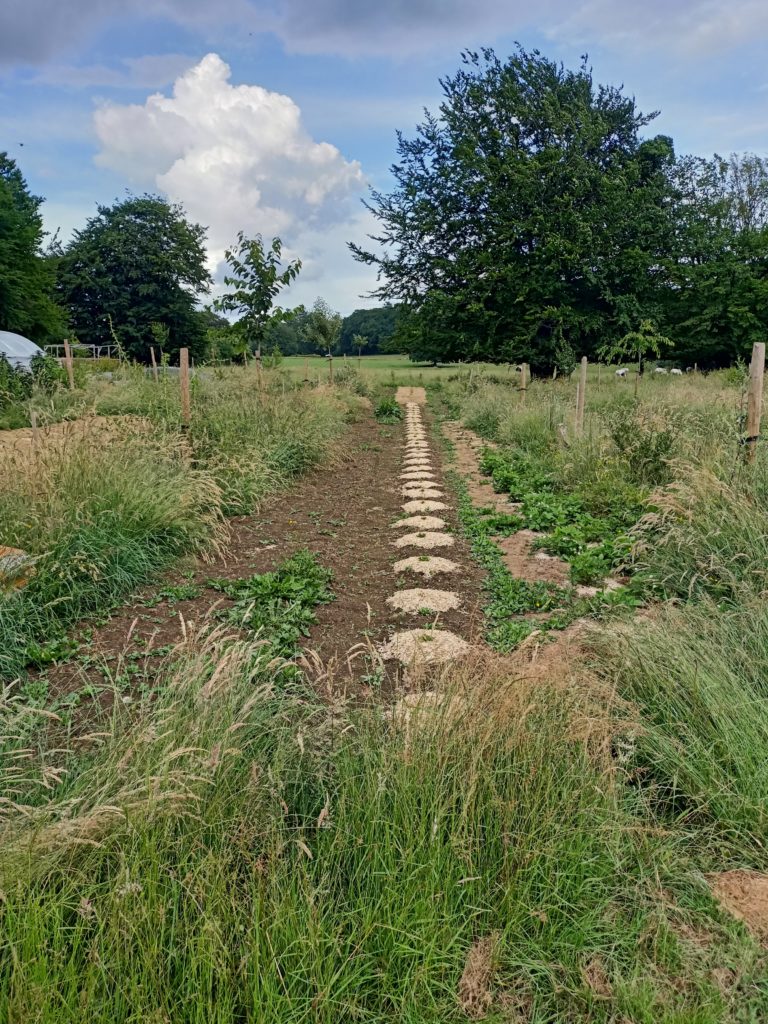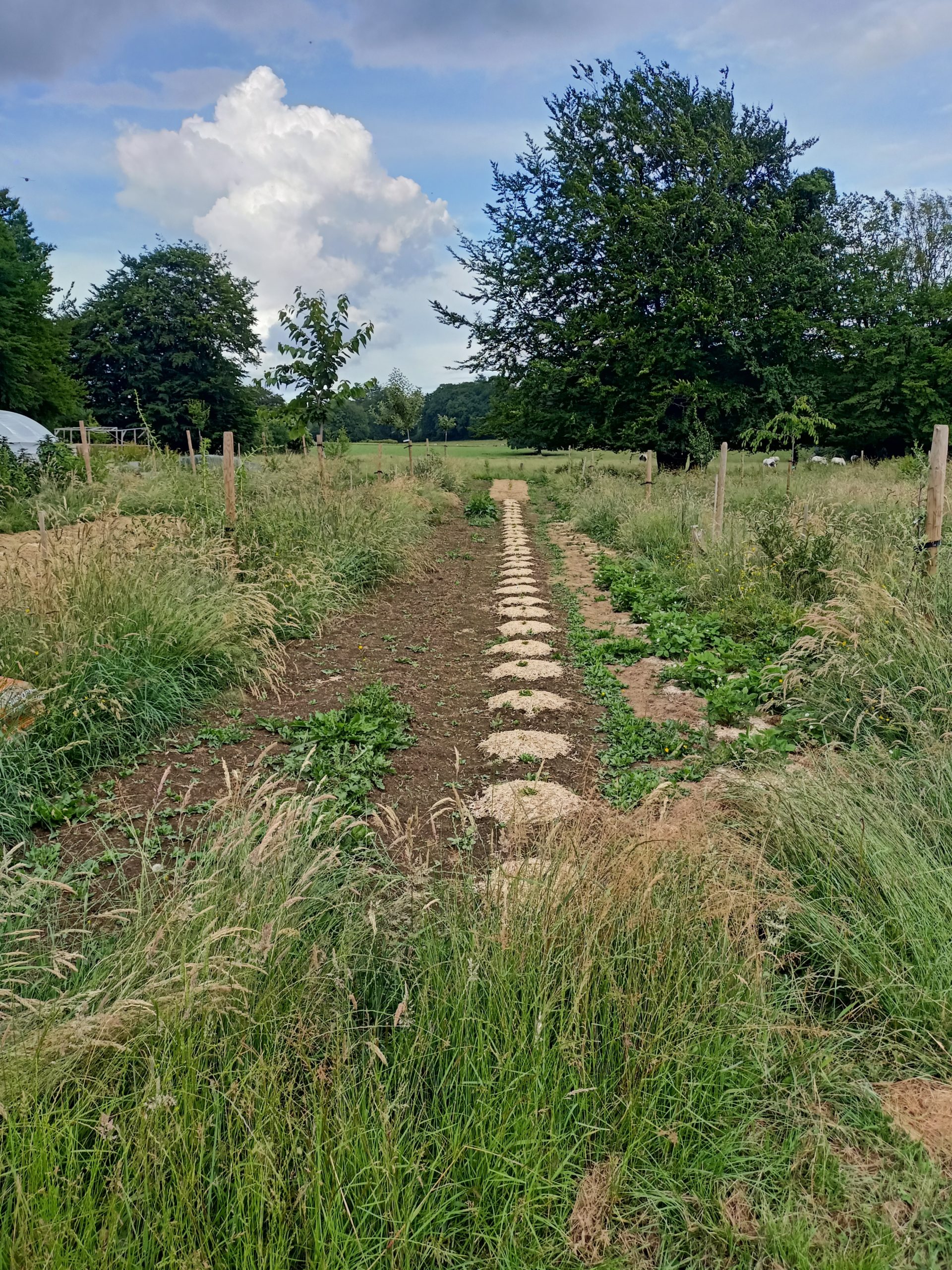
Environmental Mitigation And Adaptation As Key Factors For Increasing Water Demand
- Version
- Télécharger 7
- Taille du fichier 48.83 KB
- Nombre de fichiers 1
- Date de création 25 juillet 2022
- Dernière mise à jour 25 juillet 2022
Environmental Mitigation And Adaptation As Key Factors For Increasing Water Demand
Andi Setyo Pambudi, University of Indonesia
In daily life, the term environment has become popular in the community both among politicians,
scientists, and society in general (Pambudi, 2019). The environment is defined as the
area (region, etc.) and includes the resources in it, while the natural environment defines as
the surrounding circumstances (conditions, forces) that affect the development and behavior
of organisms. A watershed describes as a place to live, as explained by Miller and Spoolman’s
theory of ecology. According to Miller and Spoolman (2015), the main field of environmental
science is ecology, a life science whose focus is the interaction between organisms or living
things with each other and with their environment.
Increasing population growth and the rate of development often impact land conversion
(Soemarwoto, 1999). Area conversion results from population pressure on land, indicating
that there is a role for the community, both on a specific scale and in general, that affects the
sustainability of natural resources (Watson et al., 2014, Cumming, 2016). In many cases, this
increases the frequency and magnitude of flooding in the rainy season and water shortages in
the dry season. The flood disaster actually stems from the soil being eroded by water and then
landslides mixed with water, flowing to erode weak riverbeds and cliffs (Pambudi, 2021a).
The success of watershed management is always related to the conservation of water resources
through increasing the flow rate and increasing the rate of rainwater infiltration, and
at the same time, it can also improve the quality of river water because a controlled surface
water flow rate can reduce the rate of erosion (Dixon 1992, Nakamura 2003, Calder 2005).
Thus, successful watershed management can play a significant role in managing, developing,
and/or increasing the water supply needed to stabilize water-based food and energy availability
(Gregersen & Brooks, 2007).



